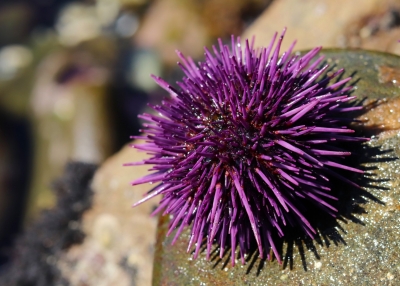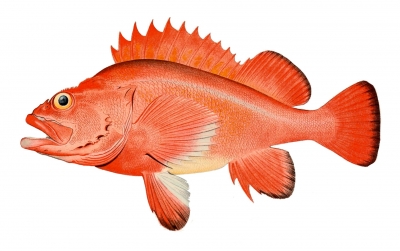How long do sea urchins live?

Urchin usually means a young child who is raggedly dressed and behaves badly. But sea urchins get their name from an old meaning of this word - the hedgehog. Sea urchins have a globular body that is full of spines, like a hedgehog.
The sea urchins belong to a group called echinoderms, or spiny-skinned marine invertebrates. The largest of this species are the red sea urchins, whose outer skeleton can have a diameter of more than 18 cm and spines, a length of up to 8 cm. They are a colourful sight under the sea, varying between a uniform red and dark burgundy, crawling slowly over the sea bottom using their spines as stilts.
The sea urchins are among the longest-living animals, with a life span of over 100 years. But that does not mean that they don't face any danger in the sea. They are eaten by some fish like the wolf eels, sea stars, crabs etc. Large adults, of course, are often left alone by these predators. But sea otters eat even the largest sea urchins, cracking them on rocks. Young sea urchins usually seek shelter under the spines of the adults, and emerge only when they reach approximately 5 cm in diameter.
Picture Credit : Google


